Indonesian Food: Basic Overview
Common Ingredients
Common Cooking Methods
Courses
Meals
Key Taste
Eating Etiquette
Meal Presentation
Culinary Festivals
Influence and Fusion
Popular Types of Indonesian Food
-
Fried Dishes
Indonesian fried dishes often revolve around meat.
They are celebrated for their crispy textures and rich, spice-infused flavors.
-
Rice Dishes
Rice is central to Indonesian cuisine and shows off the country’s diverse culinary traditions and flavors.
-
Grilled and Barbecued Dishes
Indonesian grilling and barbecuing, are known for their smoky taste and aromatic spice marinades.
-
Soups
Indonesian soups are diverse and incorporated with various regional elements.
-
Salad
In Indonesia, salad mixes make use of various local veggies and spices to elevate the overall flavors.
Indonesian dishes are famous specialties widely eaten in the Republic of Indonesia, a Southeast Asian island nation, for a long time. Since this island country has over 1,300 ethnic groups, many dishes here start as a regional delicacy before spreading to the whole country.
Besides regional cuisines, Indonesian traditional dishes are also under several foreign influences, like Chinese and Dutch cuisine. Among various choices, from rice dishes to noodles, soups, and stews, nasi goreng, satay, soto, rendang, and tumpeng are among the national dishes.
These Indonesian dishes will bring you all interesting information about their origin, main ingredients, cooking methods, serving suggestions, and varieties.
Next comes the answer to how the traditional dishes in this island nation have become so famous. Also, there is more information about serving and custom traditions along with regional cuisines, and drink pairing to have in Indonesia.
40 Popular Indonesian Dishes with Filters
Use the filter system to have a better picture of Indonesian specialties, allowing you to view them in alphabetical order, dish types, key ingredients, tastes, cooking methods, and popularity around the world.
Additionally, here are the culinary styles for you to uncover, like the most popular, national, traditional, street food, and exotic options:
Nasi Goreng
- National
- Traditional
Nasi goreng is an Indonesian fried rice with meat and vegetables, recognized as a national dish in 2018. Enjoying the day, especially in the morning, nasi goreng is available from roadside stalls to restaurants and dinner parties.
Most variants’ name depends on the chosen protein, such as nasi goreng ayam with chicken, nasi goreng kambing with goat meat, and nasi goreng sapi with beef.
Still, this fried rice stands out due to its smoky fragrance and savory caramelized flavor. Nasi goreng often goes with cucumber and tomato slices to balance the flavor.
Sambal
- Traditional
Sambal is a chili paste or sauce in Indonesia using various types of chili peppers, such as bird’s eye chili, cayenne pepper, regular chili peppers, and habanero.
Other ingredients include garlic, ginger, lime juice, palm sugar, scallion, shallot, and shrimp paste. Thus, it results in hundreds of local sambal variants.
Chili paste is divided into 2 main categories: masak (cooked) and mentah (raw). The cooked version requires a cooking process, while sambal mentah only needs to mix ingredients together and is eaten immediately.
Nasi Uduk
- Traditional
Nasi uduk is a traditional Indonesian culinary creation that cooks rice in coconut milk with cassia bark, cloves, and lemongrass for a rich flavor. The locals sometimes add pandan leaf knots to the rice during cooking for more aroma.
When served, nasi uduk has a sprinkle of bawang goreng (fried shallots) and other side dishes. Modern meals often see nasi uduk with empal gepuk (sweet and spicy fried beef), fried eggs, and rendang (meat braised in coconut milk).
As a popular food in Betawi cuisine, especially in Jakarta, nasi uduk has several serving ways.
The locals usually serve this steam rice in berkat-style, using a bamboo box wrapped in banana leaves or teak wood. Another method is shaping nasi uduk into a large cone and placing it on a tampah (a bamboo platter).
Tumpeng
- National
- Traditional
Tumpeng is an Indonesian national rice dish with a cone shape because it is cooked in a woven bamboo container with the same shape. There are various choices for rice: plain white rice, turmeric rice, or uduk rice (rice cooked with coconut milk).
Coming from the Javanese cuisine, tumpeng is served with many side dishes of meat and vegetables. Regular options are ayam bakar, ayam goreng, empal gepuk, sambal goreng ati, and telur pindang.
This cone-shaped rice often appears in the slamatan ceremony (a Javanese communal feast).
Rendang
- National
- Traditional
Rendang is a signature meat dish from Indonesia’s Minangkabau region, West Sumatra. The dish involves braising meat in coconut milk, herbs, and spices until it becomes tender and caramelized.
In 2018, rendang is officially considered an Indonesian national dish. Before that, from 2010 to 2018, the local Ministry of Education and Culture recognized 6 rendang preparations as intangible cultural heritage.
Satay
- National
- Street Food
- Traditional
Satay is a grilled meat skewer popular throughout Indonesia and other Southeast Asian countries. Coming from Java island, satay is now an Indonesian national dish.
In this island country, satay is often sold at street food vendors, warung (small family-owned eateries), or fancy restaurants. These grilled meat skewers often go with peanut sauce and lontong (rice cake).
Based on the ingredients, satay is divided into various types, such as sate kambing (mutton satay), sate ayam (chicken satay), and sate bumbon (spiced beef satay).
Bakso
- Street Food
- Traditional
Bakso is a time-honored Indonesian meatball made with beef surimi containing ground beef, salt, and tapioca flour. This results in a texture similar to Chinese beef, fish, or pork balls.
Bakso is among this island country’s most famous street foods, usually served in beef broth with different toppings: bean sprouts, gai lan (Chinese broccoli), tofu, etc.
Bakso is called “mie bakso” (bakso noodles) when going with rice vermicelli and yellow noodles.
Soto
- Traditional
Soto is a traditional Indonesian soup with meat and vegetables as the main ingredients. Occasionally considered a national dish, soto is served throughout the country.
Soto often comes out warm as a comfort food with a tender texture. Soto ayam (chicken soto) and soto mie (noodle soto) are 2 of the most popular variations.
Rawon
- Traditional
Rawon is an Indonesian beef soup traditionally from East Java. The first rawon records are from the Mataram Kingdom era (the 8th – 11th century), making this beef soup one of the most ancient Javian dishes.
Rawon’s signature dark color and nutty taste come from the black keluak nut, the main seasoning. A popular local version is rawon setan (devil’s rawon), as it always appears from midnight to dawn, the devil hours in local beliefs.
Gado-Gado
- Traditional
Gado-gado is a classic Indonesian salad full of vegetables, like bean sprouts, cabbage, chayote, corn, green beans, potatoes, and spinach.
Depending on the variation, these veggies are raw, blanched, briefly boiled, or steamed. All ingredients are mixed together and served with a peanut sauce-based dressing.
Gado-Gado also includes hard-boiled eggs, tempeh (fermented soybeans), and fried tofu.
Each local region has its own version of gado-gado. It’s often served with lontong (compressed rice cake) or plain steamed rice on the side.
Nasi Padang
- Traditional
Nasi padang is a miniature banquet from Indonesian West Sumatra. This banquet consists of plain steamed rice served with sambal and various savory pre-cooked dishes.
The accompanying dishes are usually made with fish, meat, or vegetables. Common choices are ayam bakar (charcoal-grilled chicken), ayam goreng, boiled cassava leaves, gulai cubadak (jackfruit stew), and rendang.
Named after Padang, the capital city in West Sumatra, nasi padang is now an integral choice regarding what Indonesians eat for lunch, especially workers in urban cities.
Ayam Bakar
- Traditional
Ayam bakar is a charcoal-grilled chicken favored across Indonesia. The chicken is usually marinated with coconut oil and sweet soy sauce, and the marinade is brushed onto the meat during grilling.
Ayam bakar in different regions will have different flavors, with the Java version being quite sweet for its usage of sweet soy sauce. Alternatively, the Lombok, Bali, Padang, and Sumatra are redder and spicier due to the chili pepper.
Another version called ayam taliwang uses cleaned and cut chicken before grilling. For serving, this grilled chicken usually comes with sambal kecap, sambal terasi, sliced cucumber, and tomatoes.
Ayam Goreng
- Traditional
Ayam goreng is a well-loved Indonesian deep-fried chicken. The locals season the chicken with garlic and turmeric instead of coating it with flour before deep-frying the meat in coconut or palm oil.
Ayam goreng has several accompanying dipping sauces, such as sambal kecap (chili sauce with sweet soy sauce) and sambal terasi. Cucumber, steamed rice, tempeh, tofu, and tomatoes are other choices for this deep-fried chicken.
Ayam Rica-Rica
- Traditional
Ayam rica-rica is an Indonesian hot and spicy chicken dish that starts with cooking chicken in a rica-rica spice mixture. This spice mixture usually contains green and red chili peppers and bird’s eye chili for extreme heat.
Coming from North Sulawesi, ayam rica-rica is a Minahasan dish that often goes with cucumber, steamed rice, and fried shallots.
Pecel Lele
- Street Food
- Traditional
Pecel lele is a deep-fried catfish widely enjoyed in many Indonesian cities, particularly in Java. Appearing in numerous warungs as an affordable food for everyone, pecel lele often goes with steamed rice, tempeh, and fried tofu.
Today, pecel lele also appears in neighboring countries with Javanese migrants, such as Malaysia and Singapore.
Siomay
- Traditional
Siomay is a familiar Indonesian steamed fish dumpling served with various vegetables and peanut sauce. The locals treat the whole combo as a light meal, originally using pork before replacing it with Spanish mackerel.
Countless siomay versions today use mackerel, prawn, tuna, and other seafood. After steamed, these fish dumplings are cut into bite-sized portions and plated with different ingredients, like bitter gourd, boiled egg, cabbages, potatoes, and tofu.
Ikan Goreng
- Traditional
Ikan goreng is a traditional Indonesian deep-fried fish with popular carp, gourami, and milkfish choices.
The fish is marinated with various spices, such as chili pepper, coriander, galangal, lemon juice, and turmeric, before being deep-fried in an extremely hot coconut oil until crispy and golden.
Ikan Bakar
- Traditional
Ikan bakar is a charcoal-grilled fish dish popular throughout Indonesia, utilizing either freshwater or seafood fish.
Unlike other grilled fish dishes, the fish here is marinated with different flavorings like belacan (shrimp paste), sambal, and sweet soy sauce.
Native people sometimes wrap the fish with a banana leaf before grilling it over a charcoal fire. This grilled fish is served with steamed rice.
Pempek
- Traditional
Pempek is a traditional Indonesian fishcake consisting of fish and tapioca. Coming from Palembang City, pempek has another name: empek-empek.
Pempek always goes with a local vinegar sauce called “kuah cuka”. The vinegar sauce is quite sour, so native people sometimes eat empek-empek with diced cucumber and yellow noodles to balance the flavor.
Bakmi
- Traditional
Bakmi is a traditional Indonesian wheat noodle type with a pale yellow color. Inspired by Chinese noodles, bakmi’s texture combines Chinese wheat noodles and Japanese udon.
There are various ways to cook bakmi, but these wheat noodles are often seasoned with soy sauce and topped with several pork products.
Mie goreng (bakmi goreng) and mie ayam (chicken bakmi) are the 2 most well-known local varieties.
Bakmi goreng consists of bakmi stir-fried with various ingredients, like bakso, beef, chicken, cabbage, egg, and prawn. Meanwhile, chicken bakmi contains these wheat noodles topped with diced chicken.
Sup Kambing
- Traditional
Sup kambing is a common Indonesian soup made with goat meat and even the bones, often the leg bones or ribs. This goat soup also contains carrots, potatoes, and tomatoes, showcasing the Dutch influences on the local cuisine.
Meanwhile, there is another similar soup to sup kambing: sop buntut, a soup with barbecued or fried oxtail.
Sayur Asem
- Traditional
Sayur asem is an Indonesian vegetable soup that cooks various veggies in a tamarind soup. Coming from the Sundanese people, this vegetable soup has a sweet and sour flavor suitable for different fried or grilled dishes.
Common vegetables for sayur asem are green beans, chayote, corn, young jackfruit, and peanuts. The soup is sometimes enriched with beef broth.
Gulai
- Traditional
Gulai is considered an Indonesian curry, with the sauce often containing turmeric for a yellow color with a thick texture. The main protein source in gulai is usually poultry or red meat like beef, goat, and mutton.
Gudeg
- Traditional
Gudeg is an Indonesian sweet stew cooked with unripe jackfruit, coconut milk, and palm sugar for hours. Other necessary spices are bay leaves, coriander seeds, galangal, and teak leaves, providing a reddish-brown color.
While gudeg alone is a vegetarian dish, this jackfruit stew is often served with several chicken or egg specialties, such as ayam goreng, opor ayam (chicken cooked in coconut milk), and telur pindang (pindang eggs).
Bubur Ayam
- Traditional
Bubur ayam is an Indonesian rice congee mixed with shredded chicken for a soft texture. The porridge is sold everywhere: fast food establishments, hotel restaurants, and warungs.
As a favorite Indonesian breakfast food, bubur ayam is always served hot with various condiments, from celery and chopped scallion to fried shallot, fried soybean, soy sauce, and preserved vegetables.
Opor Ayam
- Traditional
Opor ayam is a braised chicken dish in coconut milk widely eaten in Indonesia. The thick coconut milk is flavored with various spices, such as cinnamon, coriander, cumin, galangal, garlic, lemongrass, palm sugar, and tamarind juice.
Often appearing during Eid ul-Fitr, local residents often serve opor ayam with ketupat (Javanese rice cake) or sambal goreng ati (beef liver in chili sauce).
Pepes
- Traditional
Pepes refers to various popular Indonesian foods that are wrapped in banana leaves and then steamed or grilled.
The main ingredients are often fish, with carp and catfish as the most common choices. However, other variations also use meat, seafood, vegetables, or even fruit, such as pepes tempoyak, featuring fermented durian.
For example, pepes tempoyak uses the fermented durian paste known as tempoyak and wraps it in banana leaves. No matter which type, pepes are often served with steamed rice.
Babi Guling
- Exotic
- Traditional
Babi guling is simply a roasted pig dish in Indonesia and is available in many non-Muslim majority regions, especially in Bali. Babi has many local names: babi bakar, babi panggang, and babi putar.
Babi guiling usually comes with lawar (mixed vegetables) and steamed rice. The pig roast is integral to the Batak weddings, often made by the bride’s family.
Ketoprak
- Street Food
- Traditional
Ketoprak is a typical vegetarian street food in Indonesia with roots in Jakarta. The specialty mainly includes bean sprouts, rice cake, vermicelli, tofu, and other vegetables.
When served, ketoprak comes with peanut sauce, a topping of krupuk (crackers), and fried shallots. Street vendors often prepare all ingredients at home, except tofu (freshly fried), and mix them on orders.
Rojak
- Traditional
Rojak, or rujak, is a common fruit salad in Indonesia, Malaysia, and Singapore. The most well-liked variant is a mixture of fruits and vegetables.
Rojak often tastes tangy and spicy thanks to prawn paste-based dressing. Because of its sour flavor, rojak is popular among local pregnant women.
Murtabak
- Street Food
- Traditional
Murtabak is a stuffed pancake famous on all Indonesian streets under the name “martabak”. Besides Indonesia, this pancake is also widely enjoyed in Malaysia, Singapore, Thailand, and Yemen.
In Indonesia, there are 2 murtabak versions. The first is martabak manis, a thick pancake with sweet toppings like cheese, chocolate, condensed milk, and margarine. Another one is the savory martabak telur, using eggs, meat, and scallions.
Nasi Campur
- Traditional
Nasi campur is an Indonesian rice dish mixed with other savory food items, including eggs, meat, peanuts, shrimp crackers, and vegetables. As a staple eating choice, nasi campur has several names, like nasi rames or sega campur.
Regular nasi campur vendors often serve this mixed rice with other side dishes using fish, meat, and vegetables.
Kerak Telor
- Street Food
- Traditional
Kerak telor is an Indonesian spicy omelet mixing eggs with glutinous rice. The mixture is then fried in a wok without any frying oil.
This spicy omelet is topped with dried shrimp, fried shallots, and serundeng (sautéed grated coconut) when cooked. Local residents usually see kerak telor as a snack instead of a main dish.
Tahu Goreng
- Traditional
Tahu goreng refers to any fried tofu dish in Indonesia. This fried tofu often involves mildly frying or deep-frying the tofu, whether battered or plain, until golden and crispy.
Indonesians usually eat tahu goreng with sambal kecap or peanut sauce mixed with chili. Each variant comes with a different cooking method.
For example, tahu isi, the most popular version, is filled with bean sprouts, carrots, and sometimes minced meat.
Serabi
- Traditional
Serabi is a traditional Indonesian pancake-like snack made with rice flour, coconut milk or cream, and shredded coconut.
Serabi is traditionally a sweet treat eaten with kinca, a Sundanese classic coconut sugar syrup. Still, there is a savory version topped with fermented oncom.
Ketupat
- Traditional
Ketupat is a rice cake originating in Indonesia. Today, ketupat sometimes replaces rice as a staple food, plated in a diamond-shaped container or a pouch of woven palm leaves.
Ketupat usually goes with opor ayam, rendang, sambal goreng hati, and sayur labu (chayote soup) as a side dish. It’s also a dish often featured on Lebaran (Eid al-Fitr).
Over time, ketupat evolves into lontong, another rice cake with a cylinder shape wrapped in a banana leaf.
Perkedel
- Traditional
Perkedel is a vegetable fritter from Indonesia mainly made with mashed potatoes. However, other well-loved versions also use different ingredients like corn (maize), minced fish, and tofu.
Also called “begedil” in Javanese, many believe perkedel is inspired by the frikadeller (Dutch pan-fried meatball). Perkedel accompanies soto ayam or nasi kuning (rice cooked with turmeric and coconut milk) as a popular starter or side dish.
Tempeh
- Traditional
Tempeh is a common Indonesian food that presses fermented soybeans into a cake form. It is a staple protein source on Java islands with a firm texture and earthy flavor.
The more tempeh ages, the more robust it tastes.
Tempeh burgers are the most famous way to take advantage of tempeh. The locals either use tempeh instead of meat patty or burger buns for a vegetarian or vegan hamburger option
Rempeyek
- Street Food
- Traditional
Rempeyek is a common deep-fried savory cracker in Indonesia. These crackers usually contain a flour batter of rice flour, candlenuts, coconut milk, and coriander.
The batter is then mixed with other ingredients before deep-frying in hot coconut oil. Common rempeyek usually uses peanuts, but other variations include dried anchovies, insects like crickets or termites, and dried small shrimp.
Lumpia
- Street Food
- Traditional
Lumpia includes various spring roll types introduced to Indonesia during the 19th century by Chinese immigrants. Lumpia consists of a thin pastry wrapper with savory or sweet fillings.
Popular stuffings are chicken, egg, shrimp, and vegetables. There is also sumpia, a drier and smaller lumpia variant with dried shrimp floss as filling. Whether deep-fried or raw, lumpia is a famous food in many street hawkers.
Pisang Goreng
Pisang goreng is a simple Indonesian snack with fried bananas. This involves bananas coated in batter and then deep-fried until golden.
Pisang goreng is liked for its sweet, tender inside contrasted by a crunchy exterior. Often served as a street food or dessert, this treat is enjoyed across Indonesia.
List of Indonesian Dishes
What Makes Traditional Indonesian Dishes Famous?
Traditional Indonesian dishes are famous for various reasons, including history, regional influences, diverse ingredients and spices, cooking methods, street food, types of food, international influence, and drinks. Here’s a breakdown of these aspects:
Chinese influence is visible in the use of soy sauce, noodles, and frying techniques. The Dutch colonial period also left its mark, leading to foods like perkedel and sup kambing.
Next, let’s learn about the common customs of food serving in Indonesia.
What Are the Serving and Custom Traditions of Food in Indonesia?
Here are the features to take note of when it comes to serving and custom traditions of Indonesian food:
Afterward, make sure to uncover the regional cuisine styles in Indonesia to have a better look at the country’s diverse flavors.
What Are the Regional Cuisines of Indonesia?
As an island country, Indonesia offers a diverse range of dishes and styles of making food, For that, it’s essential for you to uncover the cuisines of some regions:
Utilizes pork and even dog meat.
Influenced by Arab, Persian, and Indian traders.
Renowned for pempek and dishes made from freshwater fish and sago.
Heavy use of meat, including pork and seafood. Known for spicy and exotic dishes.
Culinary centers around various seafood dishes.
Rich with seafood in Maluku; Papuan cuisine includes roasted boar and sago dishes.
Do you want more Indonesian food? Don’t miss the chance to savor these dishes with an ideal choice of beverage.
What Indonesian Dishes to Pair with Beverages?
Here are some common pairings of dishes in the country with Indonesian refreshments that complement their flavors:
Don’t forget to share this valuable knowledge about Indonesian dishes with other people so they can diversify their next meal options. Remember to drop a comment sharing your thoughts.


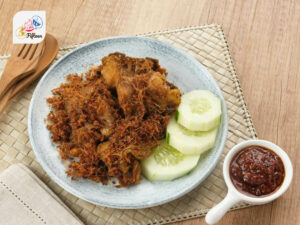
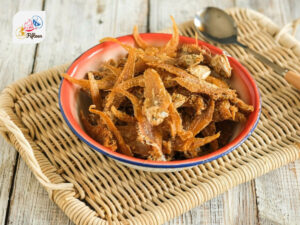
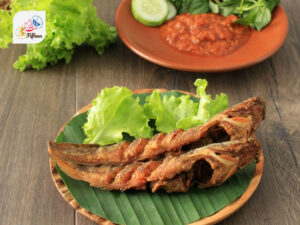
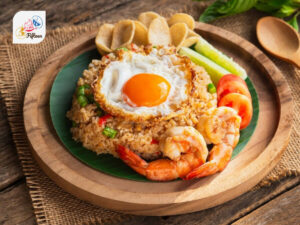
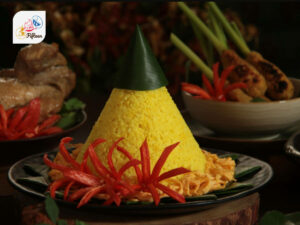
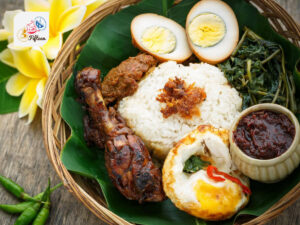
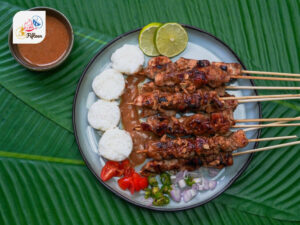
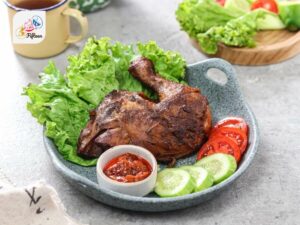
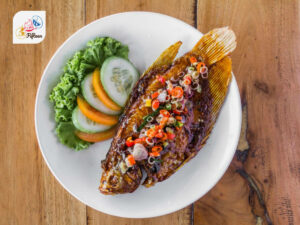
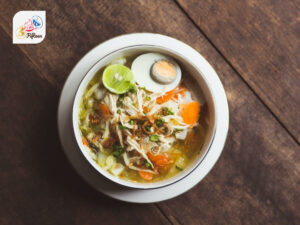
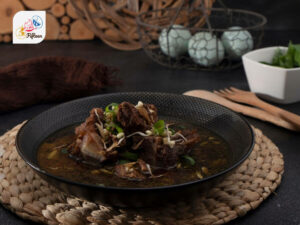
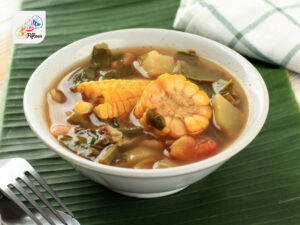
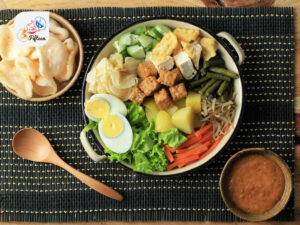
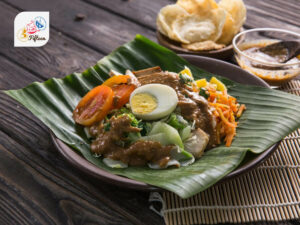
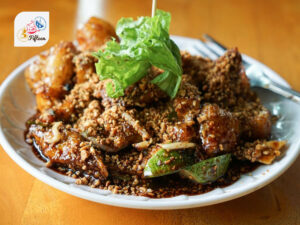
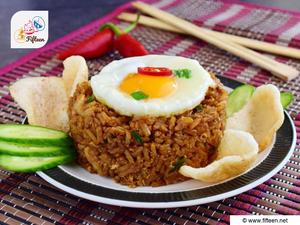
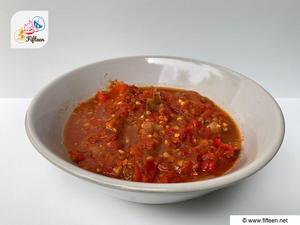
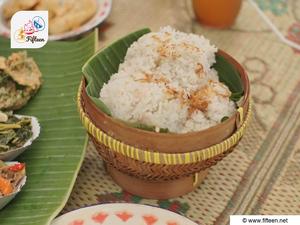
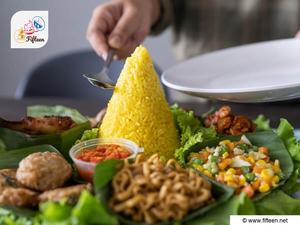
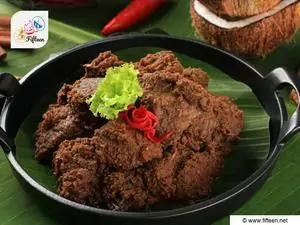
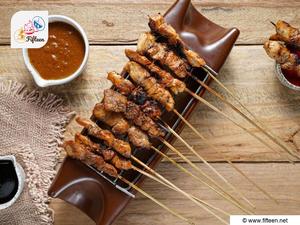
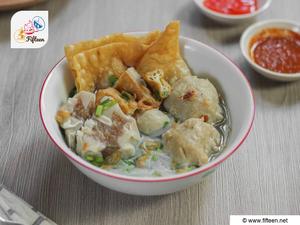
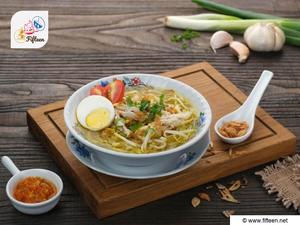
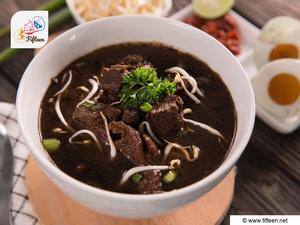
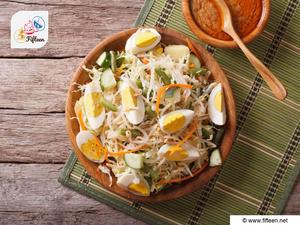
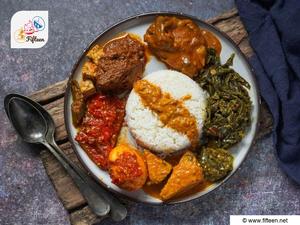
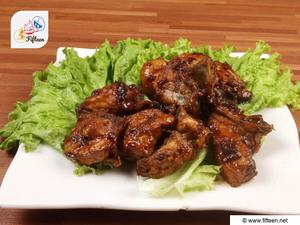
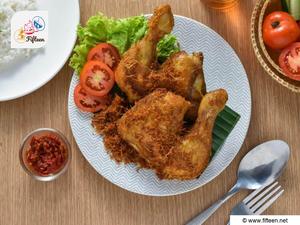
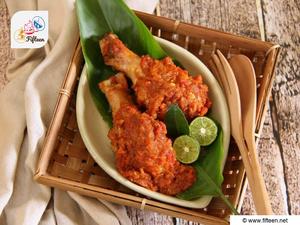
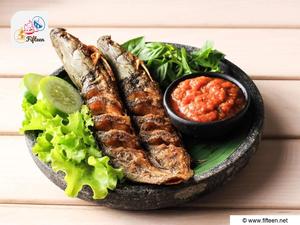
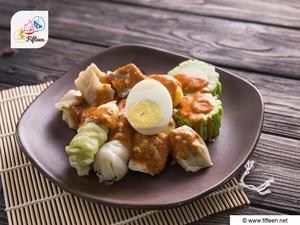
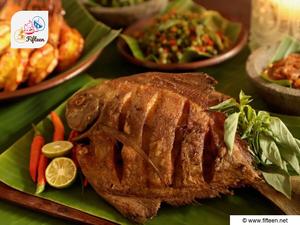
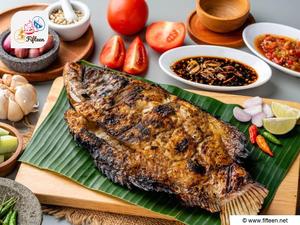
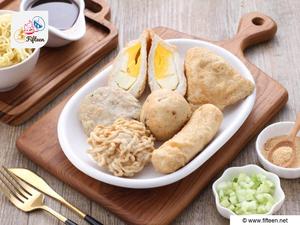
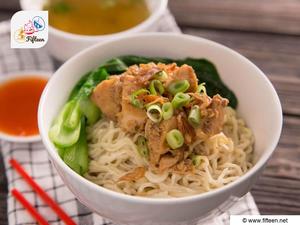
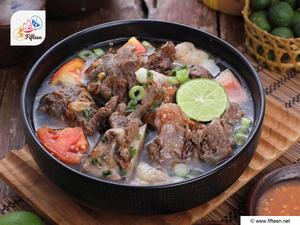
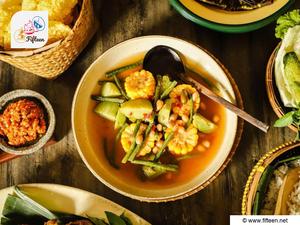
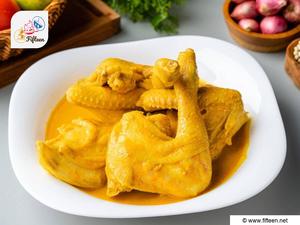
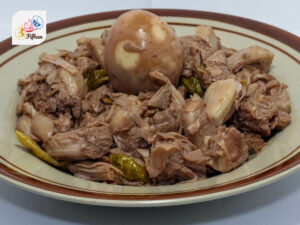
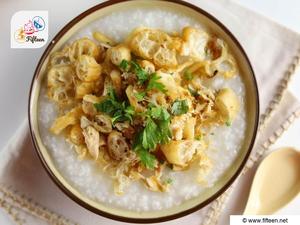
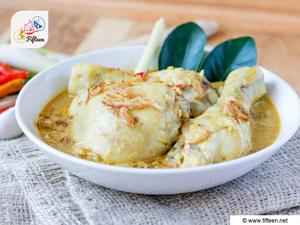
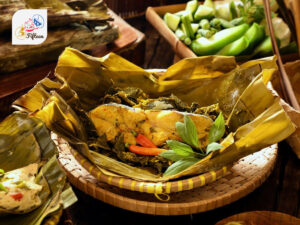
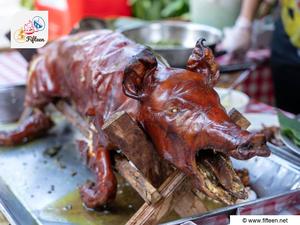
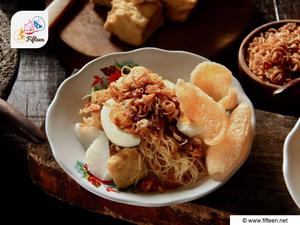

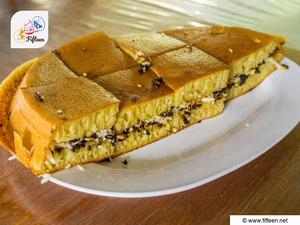
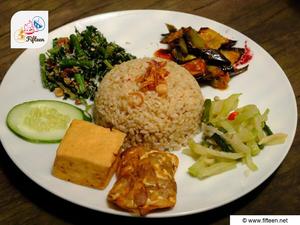
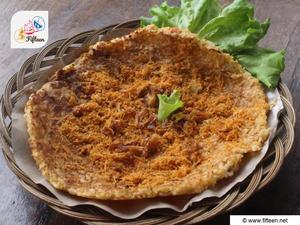
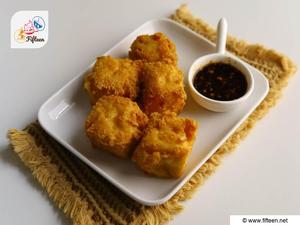
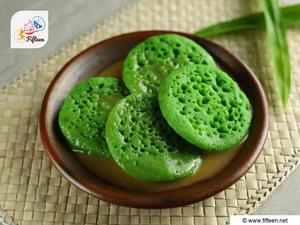
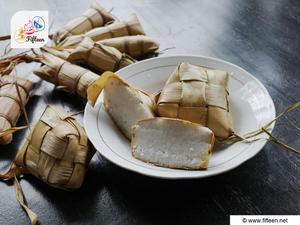
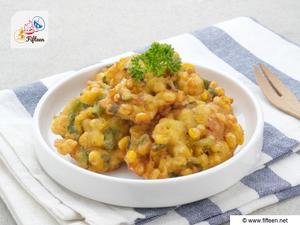
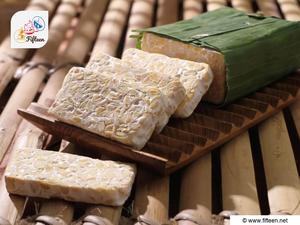
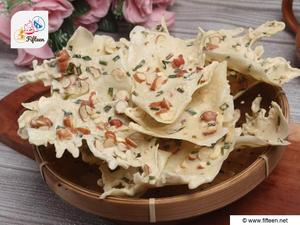
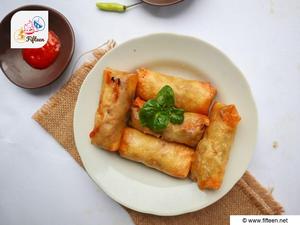
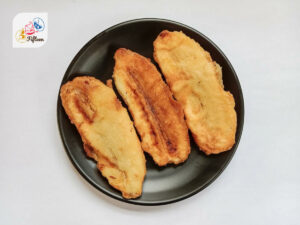
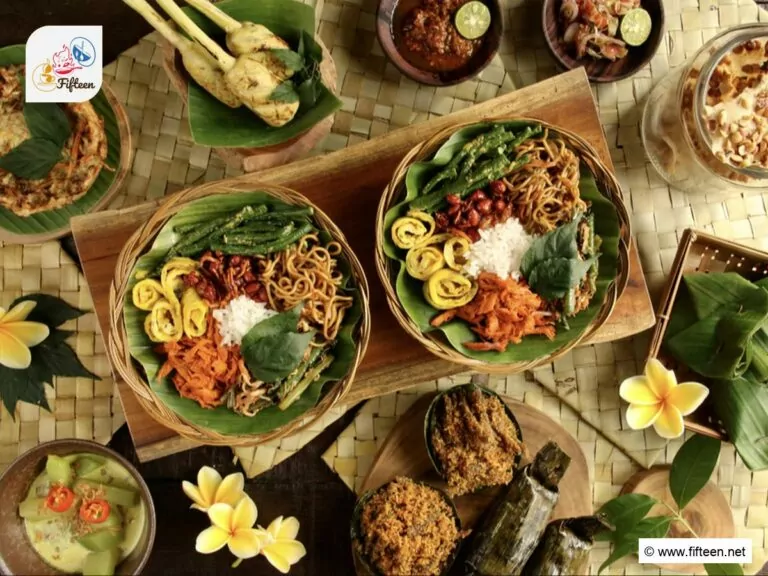
Jamie Scott
Editor in Chief, Senior Content Writer
Expertise
Home Cooking, Meal Planning, Recipe Development, Baking and Pastry, Food Editor, Cooking-video Maker, Western Food Evaluation Expert
Education
Le Cordon Bleu College of Culinary Arts
Local Community College, New York, NY
Jamie Scott is a skilled culinary expert and content creator specializing in Western cuisine. With over 15 years in the culinary field and formal training from Le Cordon Bleu, Paris, Jamie deeply understands how to blend nutrition with delicious flavors. His passion for cooking matches his commitment to making healthy eating accessible and enjoyable.
On Fifteen.net, Jamie brings a fresh perspective to classic dishes and beverages, offering readers insightful recipes, cooking tips, and a fresh view on meal planning that emphasizes taste, health, and simplicity.